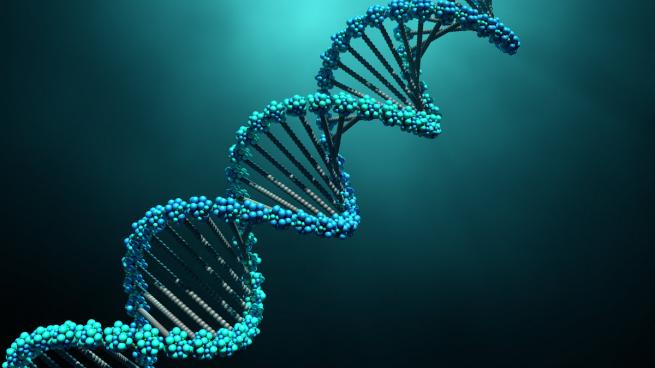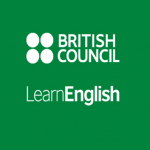پادکست British Council سطح C1 شماره 11
پادکست British Council سطح C1 شماره 11 :The helix
با یازدهمین قسمت از پادکست British Council سطح C1 (پایه Advanced) همراه شما هستیم.
گوش دادن به این پادکست ها به تقویت مهارت listening ات کمک زیادی میکنه، پس اگه سطحت Advanced ئه و دوست داری این مهارت خیلی مهم رو از همون قدم های اول یادگیری زبان تقویت کنی، این پادکست رو از دست نده!
قبل از گوش دادن به پادکست، تمرین آمادگی زیر را انجام بده. بعد به پادکست گوش کن و تمرین های آخر مطلب را با توجه به محتوای پادکست انجام بده.
تمرین آمادگی
کلمات ستون سمت چپ را به معنی آن ها در ستون راست وصل کن: (جواب تمرین در انتهای صفحه)
| معانی – Definition | لغات – Vocabulary |
| a. a device for removing corks from bottles b. a three-dimensional curve around a central point c. limited d. famous e. to notice or realise f. very common in a particular place | renowned restricted prevalent a spiral a corkscrew to perceive |
حالا به پادکست گوش کن. در این قسمت قراره به توضیحی درمورد منحنی حلزونی گوش بدی. با گوش دادن به پادکست هم می تونی مهارت شنیداریت رو تقویت کنی و هم کلی عبارت و کلمه ی کاربردی یاد بگیری.
British Council – Advanced: The helix

متن پادکست:
I’d like to turn now to the object which is the main point of this talk: the helix. This is a fascinating mathematical object which touches many parts of our lives. Movement, the natural world, the manufactured world and our genetic make-up are all connected to the shape of the helix.
A helix is a type of three-dimensional curve that goes around a central cylindrical shape in the form of a spiral, like a corkscrew or a spiral staircase. The helix is a very popular shape in nature because it is very compact. In fact, helices are sometimes referred to as ‘nature’s space saver’. In architecture too, the helix shape of a spiral staircase is an attractive option in buildings where space is very restricted.
The most renowned type of helix is probably the double helix of DNA, or deoxyribonucleic acid. DNA is made of two helices that curve around each other, a bit like a twisted ladder. DNA contains the genetic information or ‘code’ that determines the development and functioning of all known living things. The helix shape is a very efficient way to store a long molecule like DNA in the limited space of a cell.
There are different types of helices. Helices can twist clockwise, right-handed, or anti-clockwise, left-handed. An interesting experiment is to hold a clockwise helix, such as a corkscrew, up to a mirror. The clockwise helix appears to become counterclockwise.
We can perceive examples of helices in many areas of our world. Spiral staircases, cables, screws and ropes can be right-handed or left-handed helices. A helix that goes around a cone is called a conical helix. Examples of conical helices are screws or the famous spiral ramp designed by the architect Frank Lloyd Wright in the Guggenheim Museum in New York.
Helices are also prevalent in the natural world. The horns of certain animals, viruses, seashells and the structure of plants, flowers and leaves can all contain helices. The human umbilical cord is in fact a triple helix.
With the discovery that the helix is the shape of the DNA molecule, it is not surprising that the helix is found in so many areas. It’s one of the most natural shapes in nature.
Let’s turn our attention now to the mathematical description of the helix. You’ll need a pen and paper for the next part of the talk as I am going to give you some variables to write down. Take your time to notice the different …
حالا به سوالات زیر جواب بده:
تسک 1
جملات زیر درست (True) است یا نادرست (False) ؟
1.The speaker starts the talk with two examples of helices found in nature
2. A helix is a three-dimensional object.
3.The main advantage of a spiral staircase is its strength.
4.DNA contains the genetic information for most, but not all, living things.
5.A mirror image of a helix can appear to change direction.
6.The screw is an example of a conical helix.
7.Helices are much more common in manufactured objects than in natural
objects.
8.It is a mystery why there are so many helices in the world.
تسک 2
کلمات داخل پرانتز را به شکل صفت در جمله ها به کار برید:
1.To understand this, we will use a complicated ……………………………… formula. (mathematics)
2. Doctors are now confident that the condition is caused by a ………… defect.(genes)
3.When bamboo is cut, you can see it is a straight pole with a ………… hole down the middle. (cylinder)
4.Two-………… space can be viewed as a projection of the physical universe
onto a plane. (dimension)
5.The pattern is made up of ……………………………… colours: white and black. (alternate)
6.The iris of the eye is composed of ……………… muscles which you can see as the
brown, blue or green colour of the eye. (circle)
جواب ها
1. d
2. c
3. f
4.b
5. a
6. e
تسک 1
1. False
2. True
3. False
4.False
5. True
6. True
7. False
8. False
تسک 2
1.mathematical
2. genetic
3. cylindrical
4. dimensional
5.alternating | alternate
6.circular
امیدوارم از پادکست British Council سطح C1 شماره 11 لذت برده باشید. برای دسترسی به قسمت های دیگر این پادکست می توانید از صفحه ی پادکست British Council آکادمی مجازی آموزش زبان 24talk دیدن کنید.
همچنین برای گوش دادن به پادکست های BBC می توانید به صفحه ی پادکست 6 دقیقه انگلیسی (BBC) آکادمی مجازی آموزش زبان 24talk مراجعه کنید.
گوش دادن به پادکست روش خوبی برای تقویت مهارت شنیداری و هم چنین یادگرفتن کلمات در بستر یک موضوع خاصه که این به تقویت مهارت مکالمه انگلیسی نیز کمک زیادی می کنه.
اگه دنبال این هستی که مهارت های مکالمه زبان انگلیسیت رو بیشتر از این تقویت کنی بهت پیشنهاد میکنم در دورهی مکالمه زبان انگلیسی آکادمی مجازی آموزش زبان انگلیسی 24talk شرکت کنی که با یه برنامه منسجم و خلاقانه کمک میکنه در زمان کوتاه بتونی به راحتی و روانی انگلیسی صحبت کنی.







